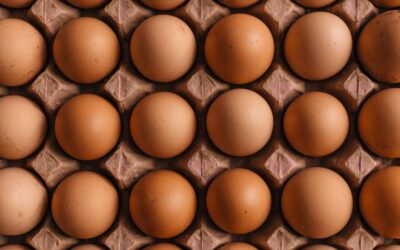Understanding Agroecology
For many decades, sustainable agriculture persisted in the shadow of so-called “conventional” agriculture. But now we know, without a doubt, that dominant methods of production — better described as synthetic-intensive, extractive, and industrialized agriculture — are doing a world of damage. This makes alternatives alluring. Each of the new (or repackaged) alternatives claim to be better and “greener” than what has come before. Each is positioned as existentially necessary in the context of climate change. And each hopes that their particular reinvented narrative for sustainable/alternative agriculture captures the imagination and carries the day. But beneath these similarities sit stark differences in motivations, values, and priorities. Some contenders have entered this struggle with the aim of capital accumulation; others seek genuine socio-ecological transformation. Still others fall somewhere in between.
The Secret Truth Behind Environmentalists’ Favourite Argument
When environmentalists argue amongst themselves, whether at some formal debate or late at night over a few drinks, I confidently predict that the argument will go like this.
Guess Who: Learn How to Tell the Buzzy Bugs Apart!
Telling the difference between a honey bee worker and other types of bees may be difficult at times, and it takes practice to notice the subtle differences in body size, coloration and fuzziness. But using these guidelines, you can be sure to know the difference between the most commonly mistaken groups: bees, flies, and wasps.
Panic! At the Egg Aisle
The egg aisle of the grocery store is arguably the most stressful because it highlights the convoluted architecture – and obligation – of choice between lesser evils (and lesser expenses) in an industrialized, commodified food system. It’s where we’re forced to face the injustice and complexity of modern agriculture. It’s where we answer awful questions like, “How much are you willing to pay to protest the heinous suffering of your poultry brethren?” “Do you even care that these hens never saw the sun?” “Where are your values?” “Do you hate your pets?” For as much as the twenty-first century battle cry of “We should know where our food comes from!” seems to galvanize us, in these moments, it seems like we might prefer, at least for now, not to know.
There’s a Black Fly You Might Actually Love
In our modern world, we face significant challenges like climate change, population growth, waste accumulation, and damage to nature. To tackle these issues, it’s crucial to develop innovative ways to live sustainably and reduce our impact on the planet. One promising solution is the commercial rearing of insects, specifically the black soldier fly (BSF) known as Hermetia illucens, which offers numerous benefits. BSF larvae are incredibly efficient at reducing solid waste volume by 42-56% and nutrient content by 62%, helping minimize the negative impacts of fertilizer runoff. They can complete three generations in a year, making them convenient to rear and a highly nutritious feed for livestock. Additionally, their adaptability and resilience to environmental stresses make them ideal for large-scale cultivation, offering a sustainable solution to global challenges. BSF larvae not only significantly decrease household waste by 65-75%, surpassing the consumption capabilities of bacteria, but also play a role in disease control and waste reduction. Integrating BSF cultivation with effective recycling programs can address public health, land use, and environmental degradation issues. Moreover, the cultivation of BSF can contribute to reducing greenhouse gas emissions, closing nutrient cycles in agriculture, and offering a sustainable protein source. Overcoming social stigma associated with insect consumption is crucial for their wider adoption as an environmentally friendly protein source. Overall, by harnessing the potential of BSF larvae, we can make remarkable strides in improving public and environmental health, revolutionizing agriculture, food production, and waste management, and creating a better future for all.





